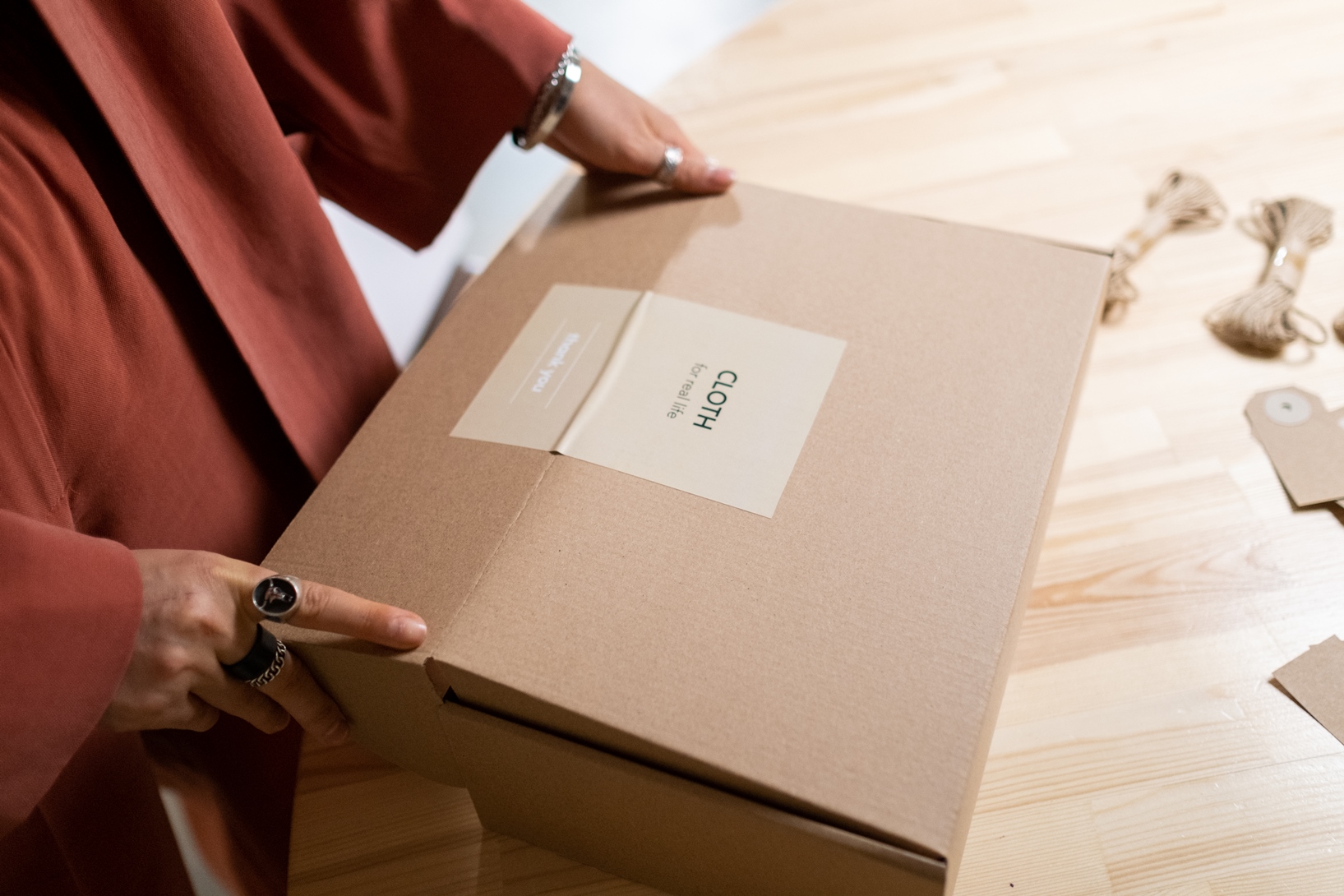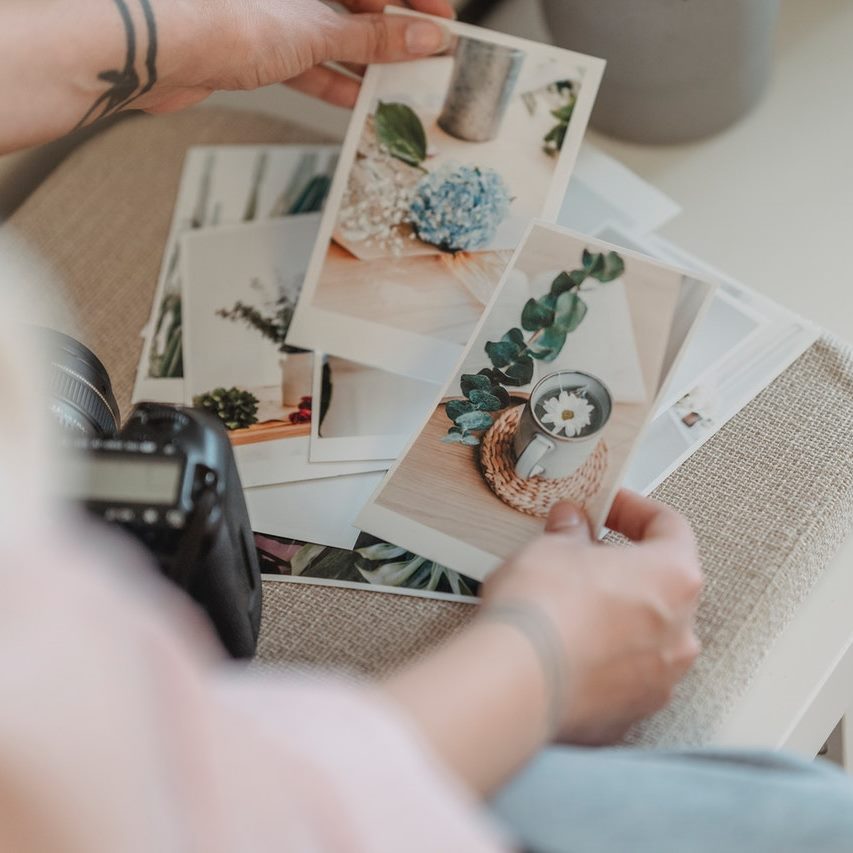Have you ever had an art print shipped to you and it arrived with a corner completely creased? It's not only frustrating but also very damaging. This article will teach you how to protect your art prints in transport so they arrive safely at their destination without any damage.
Protecting Your Art Prints
The world of art prints is a fast-growing field, but one that also comes with its own unique set of challenges. From the materials used to create them, which include a quality art printer to their sheer size, it's important that you take precautions in transporting your art prints. Here are some tips on how to do so.
1. When transporting, it's important to keep your prints in their frame
When transporting your art prints, it's important to keep them in their frame. By doing so, you are protecting the print on all sides, not only its own matting but also the glass of the frame itself, which can be prone to scratches and nicks when moving around. So while it may seem like a good idea at first to take out the print and place it in a tube or bag, you are putting the artwork at risk of damage.
When preparing to transport your prints, ensure that they remain in their frame when moving around so as not to be damaged. Many people think that removing the print from its frame is a good way to protect it, but this actually puts them at risk of being damaged.
However, if you have had a print framed especially for transport, it might be a good idea to remove the print from the frame and place it in a tube or bag so that there is more room when moving around. Be sure, however, to take extra precautions when doing this by using bubble wrap between any gaps of paper.
2. Use acid-free materials when packing and storing your work
Before you ship your art prints, use acid-free materials like bubble wrap and tissue paper. Other common packing supplies that can be used include air pillows or even rolled-up newspapers. These are great for protecting the print itself, as well as any surrounding frames. When transporting these materials, make sure they're placed between each of the gaps in the print's paper. Doing so will ensure that there is no damage when the print arrives at its destination.
In addition to using acid-free materials to transport your prints, it can also be a good idea to use them when storing and displaying your artworks as well. This ensures that they don't come in contact with any harmful chemicals that could damage the print over time.

3. Invest in a high-quality box that can withstand pressure and weight
It's critical to invest in a high-quality box when transporting your artwork prints. This is especially true if the print is large and requires more than one person to help move it around. A good way of knowing whether or not a box can withstand both pressure and weight is by picking up on any squeaking noises when trying to close it. If you hear any such noises, the box itself is likely not strong enough to handle your print and should be replaced.
4. Use bubble wrap, packing tissue, and packing peanuts to fill empty space
When moving your art prints, use bubble wrap, packing tissue, or even peanuts to fill empty space. By doing so, the print is held tightly in place and won't move around so much when being transported. If using packing peanuts for this purpose, be sure to check over them before placing them into the box, as they can often have residual dust stuck to them from being made.
In addition, if there is any room left over in the box after placing the print inside, you should consider using it for additional support as well. This ensures that your art prints are safe and sound while on their way to a new home or gallery space.

5. Wrap each piece in an additional protective layer (bubble wrap, cardboard, etc.)
It's critical to wrap each piece in a separate protective layer before moving it, such as bubble wrap or cardboard. By doing so, the print will be much safer when being transported around and won't run the risk of getting damaged. This is especially true if there are any corners on a particular print, which can quite easily get damaged if not given an adequate amount of support.
Ensuring that your art prints are protected when being transported around is a great way to guarantee they arrive safe and sound at their final destination. Just remember to use acid-free materials, as well as bubble wrap, packing tissue, peanuts, or even extra cardboard, depending on the size and shape of the print itself.
